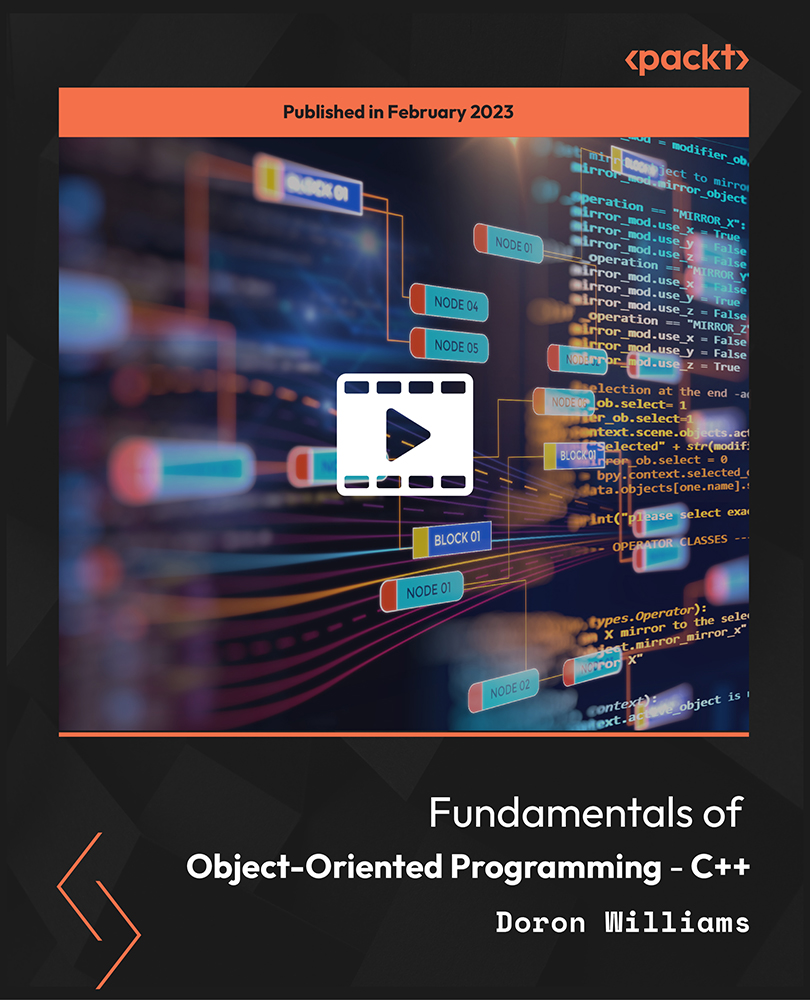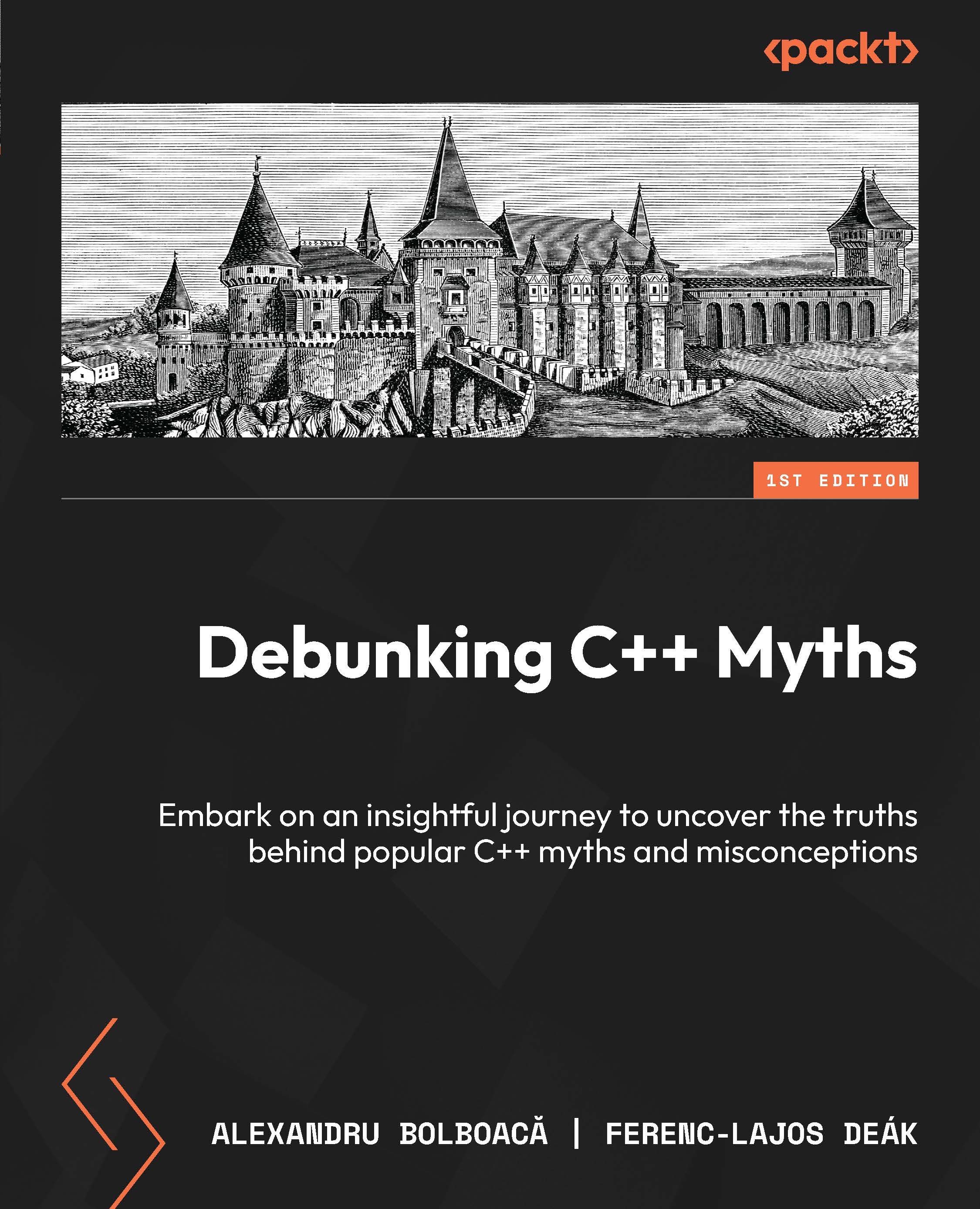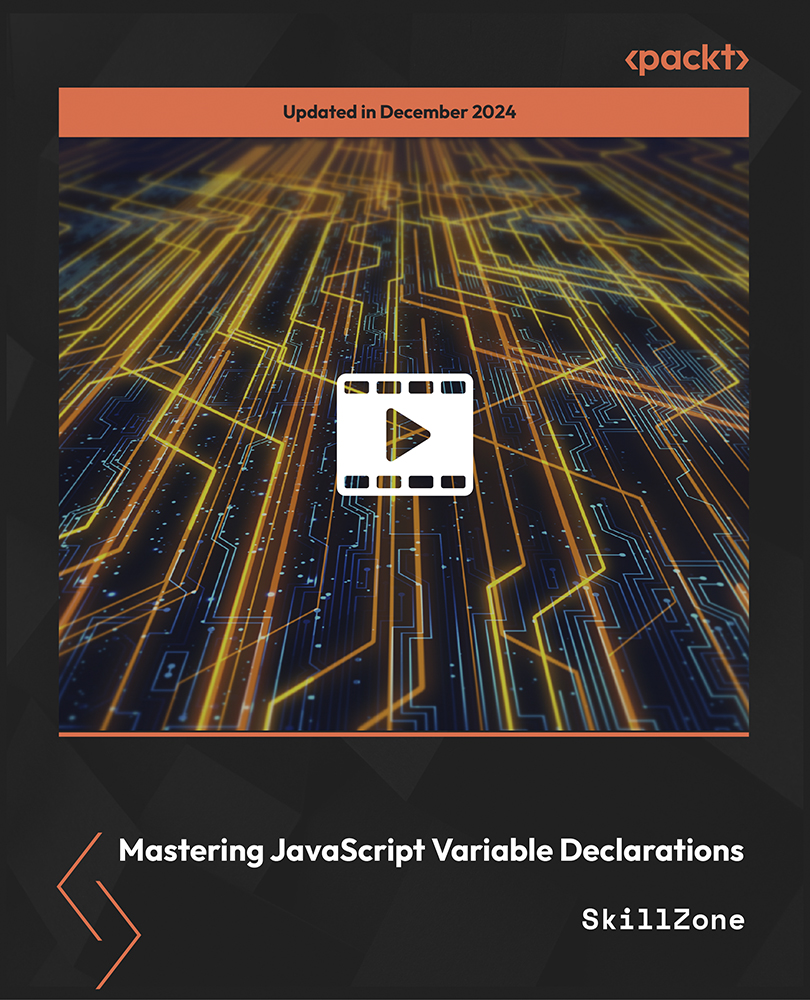Object-Oriented Programming
Before diving into JavaScript let's take a moment to review what people mean when they say "object-oriented", and what the main features of this programming style are. Here's a list of concepts that are most often used when talking about object-oriented programming (OOP):
Object, method, property
Class
Encapsulation
Aggregation
Reusability/inheritance
Polymorphism
Let's take a closer look into each one of these concepts.
As the name object-oriented suggests, objects are quite important. An object is a representation of a "thing" (someone or something), and this representation is expressed with the help of a programming language. The thing can be anything—a real-life object, or some more convoluted concept. Taking a common object like a cat for example, you can see that it has certain characteristics (color, name, weight) and can perform some actions (meow, sleep, hide, escape). The characteristics of the object are called properties in OOP and the actions are called methods.
There is also an analogy with the spoken language:
Objects are most often named using nouns (book, person)
Methods are verbs (read, run)
Values of the properties are adjectives
Let's take, for example, the sentence "The black cat sleeps on my head". "The cat" (a noun) is the object ,"black" (adjective) is the value of the color property, and "sleep" (a verb) is an action, or a method in OOP. For the sake of the analogy, we can go a step further and say that "on my head" specifies something about the action "sleep", so it's acting as a parameter passed to the sleep method.
In real life, similar objects can be grouped based on some criteria. A hummingbird and an eagle are both birds, so they can be classified as belonging to the Birds class. In OOP, a class is a blueprint, or recipe for an object. Another name for "object" is "instance", so we say that the eagle is an instance of the Birds class. You can create different objects using the same class, because a class is just a template, while the objects are concrete instances, based on the template.
There's a difference between JavaScript and the "classic" OO languages like C++ and Java. You should understand right from the start that in JavaScript there are no classes; everything is based on objects. JavaScript has the notion of prototypes, which are also objects (we'll discuss them later in detail). In a classic OO language, you'd say something like "create me a new object called Bob which is of class Person". In a prototypal OO language, you'd say, "I'm going to take this object Person that I have lying around and reuse it as a prototype for a new object that I'll call Bob".
Encapsulation is another OOP-related concept, which illustrates the fact that an object contains (encapsulates) both:
One other term that goes together with encapsulation is information hiding. This is a rather broad term and can mean different things, but let's see what people usually mean when they use it in the context of OOP.
Imagine an object, say an MP3 player. You, as a user of the object, are given some interface to work with, such as buttons, the display, and so on. You use the interface in order to get the object to do something useful for you, like playing a song. Exactly how it is working on the inside, you don't know and, most often, don't care. In other words, the implementation of the interface is hidden from you. The same thing happens in OOP, when your code uses an object by calling its methods. It doesn't matter if you coded the object yourself or it came from some third party library; your code doesn't need to know how the methods work internally. In compiled languages, you can't actually read the code that makes an object work. In JavaScript, because it's an interpreted language, you can see the source code, but the concept is still the same—you work with the object's interface, without worrying about its implementation.
Another aspect of information hiding is the visibility of methods and properties. In some languages, objects can have public, private, and protected methods and properties. This categorization defines the level of access the users of the object have. For example, only the internal implementation of the object has access to the private methods, while anyone has access to the public ones. In JavaScript, all methods and properties are public, but we'll see that there are ways to protect the data inside an object and achieve privacy.
Combining several objects into a new one is known as aggregation or composition. The aggregation concept illustrates the ability to combine several objects into a new one. Aggregation is a powerful way to separate a problem into smaller and more manageable parts (divide and conquer). When a problem scope is so complex that it's impossible to think about it at a detailed level in its entirety, you can separate the problem into several smaller areas, and possibly then separate each of these into even smaller chunks. This allows you to think about the problem on several levels of abstraction. A personal computer is a very complex object. You cannot think about all the things that need to happen when you start your computer. But you can abstract the problem saying that you need to initialize the objects it consists of: the Monitor object, the Mouse object, the Keyboard object, and so on. Then you can dive deeper into each of the sub-objects. This way you are composing complex objects by assembling reusable parts.
To use another analogy, a Book object could can contain (aggregate) one or more author objects, a publisher object, several chapter objects, a table of contents, and so on.
Inheritance is a very elegant way to reuse code that has already been written. For example, you can have a generic object Person, which has properties such as name and date of birth, and that implements the functionality walk, talk, sleep, eat. Then you figure out that you need an object Programmer. You could re-implement all the methods and properties that Person has, but it would be smarter to just say that Programmer inherits Person, and save yourself some work. The Programmer object only needs to implement more-specific functionality, such as the method "write code", while reusing all of the Person's functionality.
In classical OOP, classes inherit from other classes, but in JavaScript, because there are no classes, objects inherit from other objects.
When an object inherits from another object, it usually adds new methods to the inherited ones, thus extending the old object. Often the following phrases can be used interchangeably: "B inherits from A" and "B extends A". Also, the object that inherited a number of methods, can pick one or more methods and redefine them, customizing them for its own needs. This way the interface stays the same, the method name is the same, but when called on the new object, the method behaves differently. This way of redefining how an inherited method works is known as overriding.
In the example above, we had a Programmer object that inherited all of the methods of the parent Person object. This means that both objects provide a "talk" method, among others. Now imagine that somewhere in our code, there's a variable called Bob and it so happens that we don't know if Bob is a Person, or a Programmer object. We can still call the "talk" method on the Bob object and the code will work. This ability to call the same method on different objects and have each of them respond in their own way is called polymorphism.
 United States
United States
 Great Britain
Great Britain
 India
India
 Germany
Germany
 France
France
 Canada
Canada
 Russia
Russia
 Spain
Spain
 Brazil
Brazil
 Australia
Australia
 Singapore
Singapore
 Canary Islands
Canary Islands
 Hungary
Hungary
 Ukraine
Ukraine
 Luxembourg
Luxembourg
 Estonia
Estonia
 Lithuania
Lithuania
 South Korea
South Korea
 Turkey
Turkey
 Switzerland
Switzerland
 Colombia
Colombia
 Taiwan
Taiwan
 Chile
Chile
 Norway
Norway
 Ecuador
Ecuador
 Indonesia
Indonesia
 New Zealand
New Zealand
 Cyprus
Cyprus
 Denmark
Denmark
 Finland
Finland
 Poland
Poland
 Malta
Malta
 Czechia
Czechia
 Austria
Austria
 Sweden
Sweden
 Italy
Italy
 Egypt
Egypt
 Belgium
Belgium
 Portugal
Portugal
 Slovenia
Slovenia
 Ireland
Ireland
 Romania
Romania
 Greece
Greece
 Argentina
Argentina
 Netherlands
Netherlands
 Bulgaria
Bulgaria
 Latvia
Latvia
 South Africa
South Africa
 Malaysia
Malaysia
 Japan
Japan
 Slovakia
Slovakia
 Philippines
Philippines
 Mexico
Mexico
 Thailand
Thailand

















